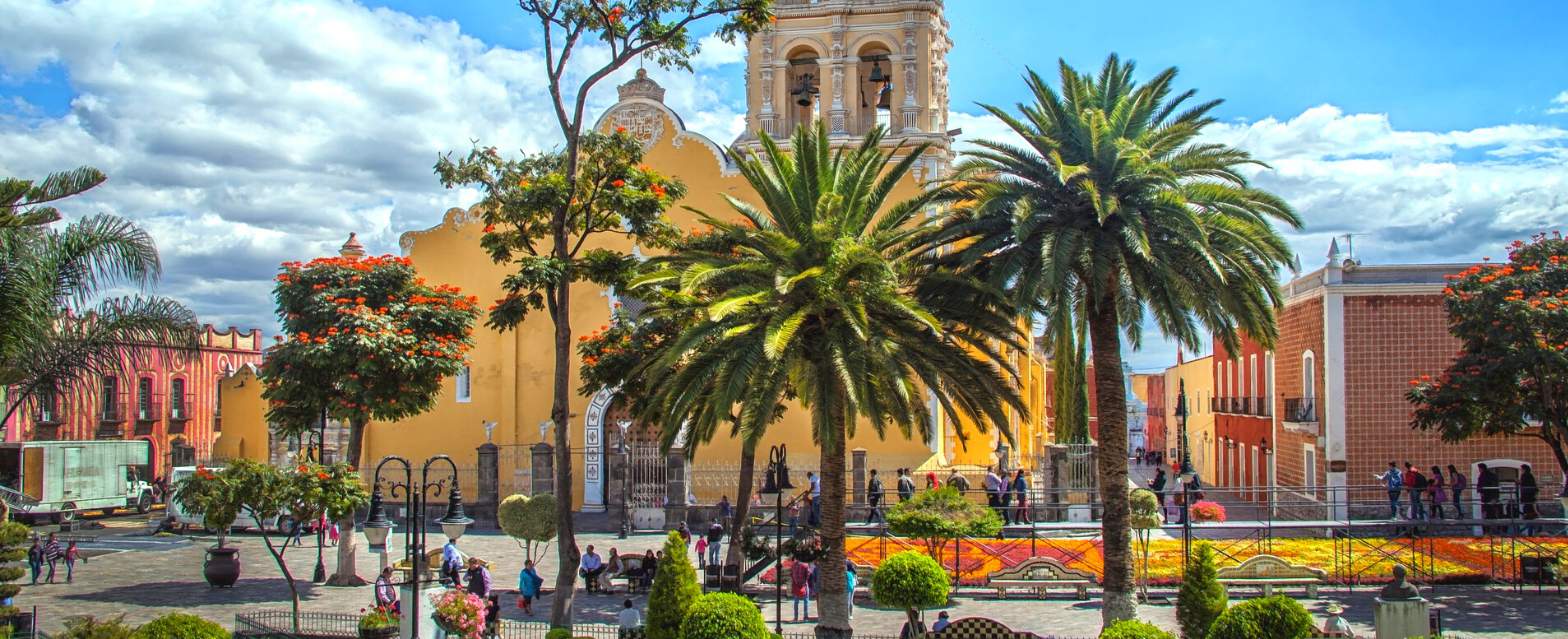If you ask 100 expats what living in Mexico is like for them, you’ll get 100 different answers. Their experience depends on where they live, how patient they are, and how much they’ve attempted to accept Mexico for what it is, a developing country.
When you read publications that talk about all the wonderful beaches and places you should move to in Mexico, you’d think the whole country is a “paradise.”
When you look at distance photos of Mexico City, it looks like any first-world metropolis. But if you walk the streets or drive around the country, you will quickly notice it isn’t as perfect, neat, and developed as the USA, Canada, or Europe.
This is a video to the negatives. But if you keep reading, the information below is in writing for those of you who prefer to read. 🤓
https://youtu.be/KANB36yhHlQ
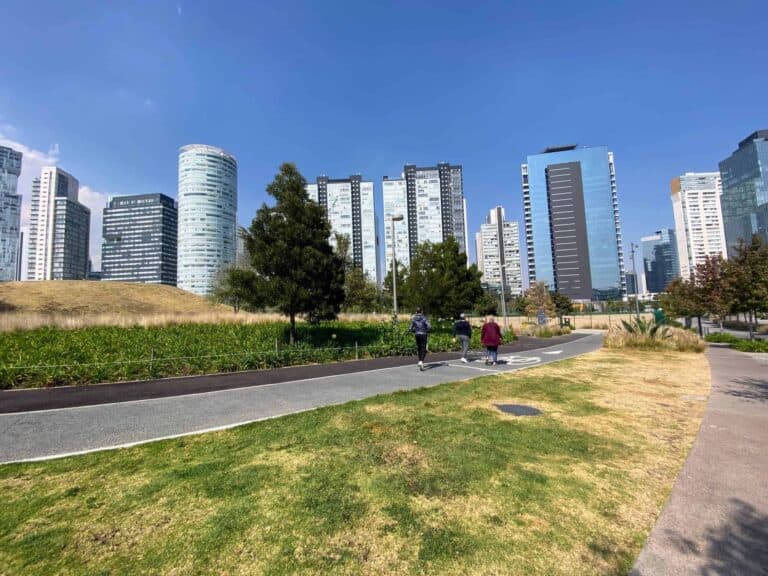
But, It’s Not All Paradise!
So, what am I getting at here?
Living in Mexico is great. I love this country! However, I believe it’s good to be fully transparent as well. So here are 13 things other overseas gurus won’t tell you about living in Mexico. Let’s jump right into number 1!
1. Basic Utilities Aren’t Always Reliable
You might notice that Mexico has problems with things like power outages. These are totally common, and most of the time, they only last for a few minutes. However, if there is a storm, then it could last for hours. I recommend having lamps, batteries, and candles on hand at all times just in case the next power outage lasts for hours.
Now, this might not be a deal-breaker for you, but it can be frustrating when you’re about to binge-watch your favorite show, and now you don’t have electricity. Or you’re in the middle of a zoom meeting, and you look bad to your employer or co-workers.
The good news is that most Mexican houses have gas for your showers and for your stove. Most Mexican households also have surge protectors to avoid your laptops or computers burning out when the sudden surge of electricity comes back.
Although it’s an inconvenience, it can also be an opportunity to read that book, take your dog for a walk, take a break from working, or cook a nice meal.
2. Fast Internet Not Available Everywhere
You may walk into an internet provider store like Totalplay, Telcel, or any of the other local companies and get pitched on the idea that you’ll have crazy fast internet.
You might even hire a service thinking you’ll get download speeds of 100Mbps, only to find out that you’re actually getting 20Mbps tops! And let’s not even talk about upload speeds because, for some reason, upload speeds tend to be even slower in Mexico.
This might be especially important if you’re coming to Mexico and plan to have a remote job while you live there. Do a quick internet speed test before you rent the house you’re looking into. Ask the landlord for the Wi-Fi password and use a program like the Speed Test by Okla.
Do your research to make sure you’ll have the optimal speed to be able to do your job. Depending on where you live, you might be able to get fiber optic since big cities are quickly adopting more coverage. But even if a city says it has fiber-optic available it doesn’t mean it’s available in your neighborhood.
The good news is that Mexico is still developing every day, and more and more cities are building reliable and very fast-speed internet into their infrastructure.
3. Uneven Sidewalks Or NO Sidewalks
Many sidewalks in Mexico are very old and may have obvious gaps or holes. That’s if they exist at all. And if you’re not looking while you walk, you could very easily get hurt with the number of holes on sidewalks all over the country.
You might be wondering who doesn’t watch where they are walking? You’d be surprised how many people twist their ankles or get injured because they didn’t see that hole on the sidewalk.
Also, it’s very common for popular expat cities like San Miguel de Allende or Ajijic to be made up of mostly cobblestone streets. Which is very challenging to walk on if you have mobility issues, aren’t wearing the proper shoes, or aren’t paying attention. Many newcomers living in these towns report twisting their ankles or injuring their feet because they weren’t watching their steps.
But walking is a way of life in Mexico, even though it’s not always designed with the pedestrian in mind. I really recommend you wear sturdy and flat shoes, especially if you plan to do most of your walking on sidewalks. The good news is there are plenty of pedestrian-only retail areas in most cities of Mexico that are even flat and where you can comfortably walk without having to look out for cars.
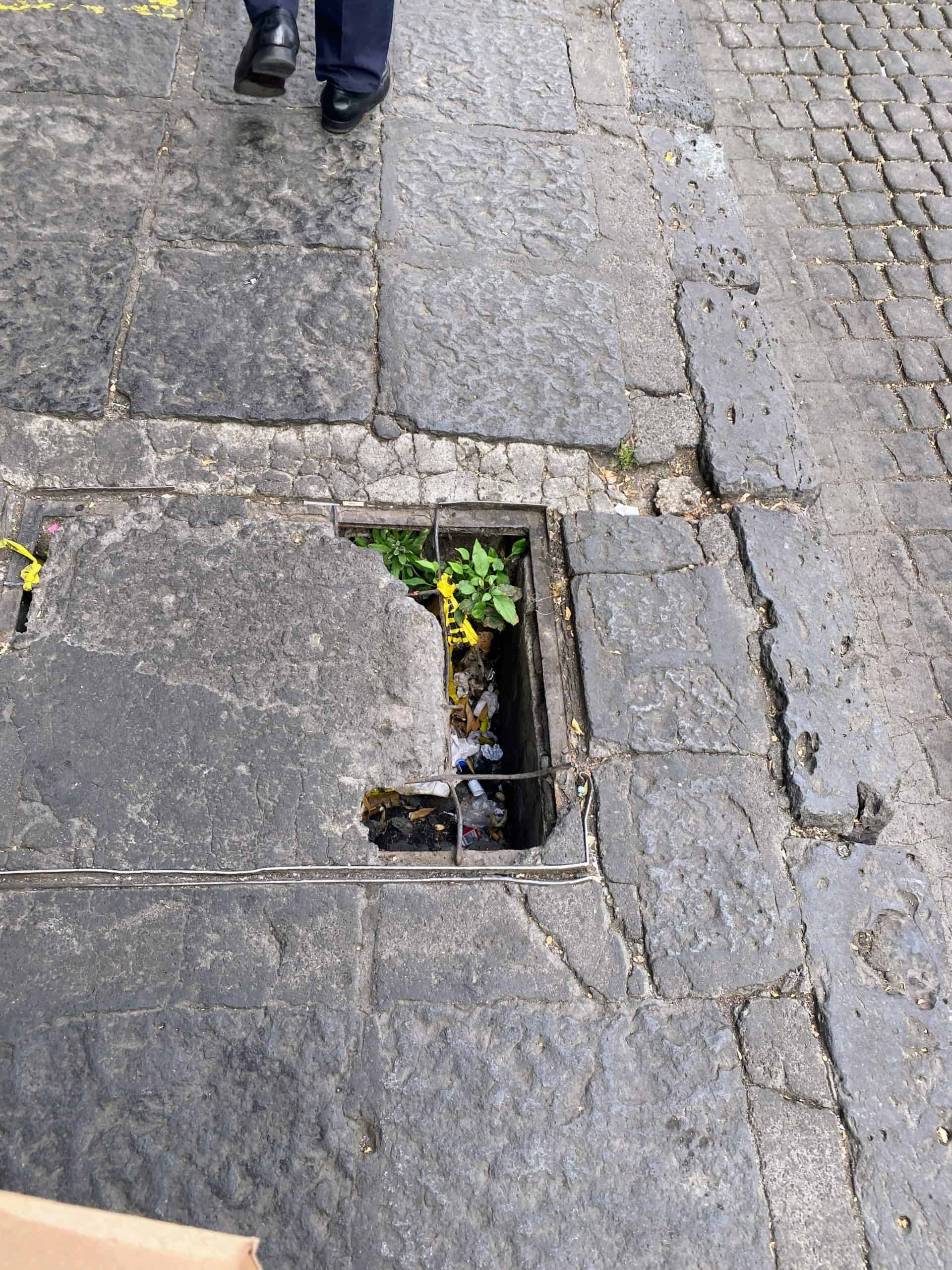
Learn How to Move to Mexico and Have a Better Life for Less! Check out our Complete Mexico Relocation Guide.
4. Lack of Saftey Building Codes and Inspections
If code enforcement from the U.S. came to Mexico, it would probably shut the country down. There can be crazy wiring inside and outside in many parts of Mexico. In Mexico, it’s not common to have a GCI outlet. Not even next to a water source like a sink or pool. This is especially true in older construction.
And if you are handicapped or have mobility issues, there are many businesses and buildings with stairs and no ramp to accommodate wheelchairs or the handicapped.
We’ve even had some customers find a rental in Mexico they love, move in, and find out the electrical outlets were all fake! Who does that right?
In Mexico, not every house meets the same building codes. Some builders cut corners by using cheap products or not considering a design. That’s why we recommend renting before you buy and working with a reputable realtor who will be your liaison in your transaction.
But if you have mobility issues, Mexico might not be for you. Many cities aren’t equipped to handle wheelchairs or other mobility disabilities.
5. You Can’t Flush Toilet Paper
Walk into any public bathroom, and you’ll probably see a sign that says, “Favor de no tirar papel en el WC,” which means please don’t throw the paper into the toilet.
That’s because the plumbing in Mexico isn’t designed like what you’re used to. The pressure isn’t strong enough to send toilet paper down Mexico’s pipes, and oftentimes, toilets get clogged. Not to mention that many towns in Mexico are very old, and their pipes can’t handle the same systems toilet paper is designed for.
You might also notice that some places don’t have a lot of water pressure. In fact, it’s a treat when you go to a place that has sturdy water pressure when you take a shower or wash dishes!
Keep in mind that not being able to flush toilet paper isn’t a nationwide issue. In fact, newer construction, new houses, or the like will have better water pressure. As well as nice resorts and hotels. So, flushing toilet paper in a home is very common. The issue of flushing toilet paper is more prevalent in public bathrooms.
6. Public Bathrooms Are NOT Free
This might catch you by surprise if you move to Mexico from the U.S. or Canada.
If you’re coming from Europe, you’re probably a little more used to getting charged to use a public bathroom.
When you live in Mexico, you need to have some spare change with you at all times. Not only because you’ll need to pay the bathroom fee, but sometimes toilet paper isn’t included and is an additional fee. The typical cost for a public bathroom is between 2-5 pesos, and they usually have a metal gate that opens once you pay. (see image below).
I also highly recommend always keeping a pack of tissues or spare toilet paper in your car or if you plan on using a public bathroom. Usually, places like restaurants, hospitals, bus stations, or airports in Mexico have free public bathrooms. Places like these also tend to have toilet paper in them. But just to be safe, bring a pack of tissues with you.
The good news is that most toll roads along Mexico have great rest stops with clean bathrooms and plenty of toilet paper. However, it’s still a good idea to carry some extra just in case.
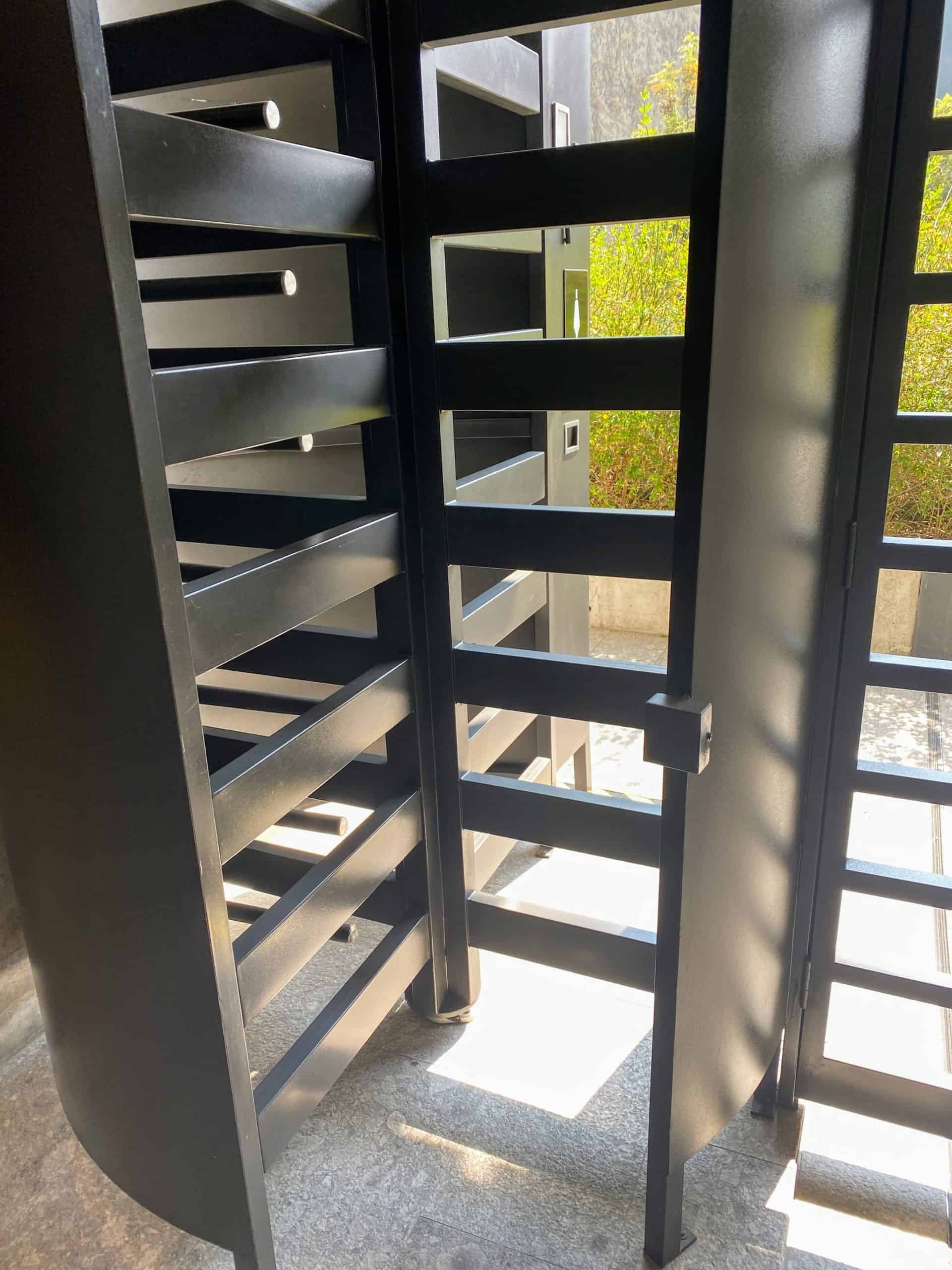
FREE MOVING TO MEXICO CHEAT SHEET
7. Topes Can Hurt Your Car
Topes in Mexico are speedbumps. But when you see one, you would think they’re trying to slow down a tank.
The topes in Mexico can be rather large and wide. And in some cases, and for no good reason, they’re even on some highways. So, if you’re coming down a highway at 60 mph and don’t see this speed bump, it can really damage your car.
There are usually signs saying “tope a 500 mts” or something similar, which stands for speedbump at 500 meters. But if you’re driving at night, on a dark highway, and not paying attention, you might miss the sign.
My recommendation is to always drive during the day in Mexico. And always drive alert in Mexico. Drivers here don’t always follow the road rules. You may get someone wanting to make a left turn on the right lane, and if you’re not paying attention, you might end up having a fender bender. Driving in Mexico is truly an art form.
8. Corrupt Cops
If you ever get stopped in Mexico by a cop, you might actually get a ticket, or in some cases, you might be able to get away with it by bribing the cop.
It’s happened to me several times along the border, in Playa del Carmen and in Mexico City.
Now, corruption is common in Mexico, and I am not suggesting that it is okay. In fact, I am a big supporter of asking for your ticket and forcing the police officer to do the right thing. Don’t pay the bribe!
But I also know it can be intimidating to be stopped by law enforcement and oblige to their request for a “donation” if it gets you out of a ticket and saves you time. In most cases, when you insist on getting a ticket for your wrongdoing, they’ll probably let you off with a warning.
9. You Cannot Drink The Water
Potable water isn’t widely available in Mexico like it is in other more developed countries. In fact, most people buy water by the gallons in a jug called a “garrafon” which can be refilled and is used for cooking and drinking.
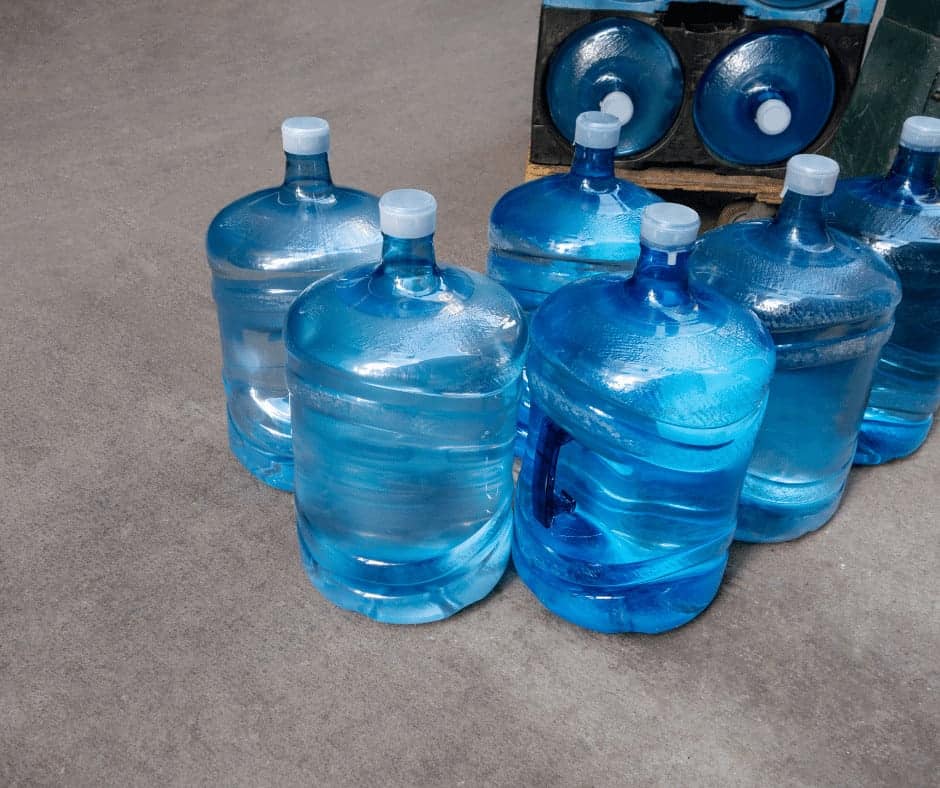
Some people even refuse to brush their teeth with water straight from the tap, but I think this is an exaggeration. Nothing has ever happened to anyone I know from brushing their teeth with tap water. The good news is that garrafones are widely available from many companies that will offer you a monthly subscription and will refill your water as needed for not a lot of money.
Most couples in Mexico spend about $300 pesos a month (About $17 USD) on drinking and cooking water.
Would you rather watch a video of this blog- Check out the video on Youtube
10. It Can Be Smelly At Times
And I’m not talking about the faint smell you might get from roadkill on the side of the highway.
I’m talking about a sewer smell in parts of the city where drainage was built hundreds of years ago.
Depending on where you live, this might be less of an issue. Especially in neighborhoods where residents of the area have done a lot out of their own pocket to improve infrastructure and services. I’ve noticed smelly sewage in higher-trafficked areas like parts of Mexico City and The Riviera Maya (Cancun, Playa Del Carmen, Cozumel, etc.) But it all depends on the plumbing, what businesses are around you, and whether a neighbor lets their pets do their business right outside your house.
11. Your Neighbors Might Be Noisy
I highly suggest spending an extended amount of time in a neighborhood before you decide to rent or buy a house in Mexico.
Listen, Mexico is a noisy country. Latinos, in general, can be loud people, especially when it comes to parties, get-togethers, festivals, fireworks, or noisy animals like roosters. But you won’t know how sensitive you are to it unless you actually spend some time in an area. You might get lucky and have very quiet neighbors.
But you might not know your neighbors like to throw parties until the wee hours of the night until night time comes. Or they let their dog bark all night long without bringing them inside. A lot of ex-pats complain that this is frustrating and don’t know how to deal with confronting neighbors about this. Most of the time, confronting them about it won’t change anything, and you now might have a negative relationship with your neighbors.
That’s why I advise that you rent an Airbnb nearby to get a feel for the neighborhood at all times of the day. If this isn’t possible, consider driving by a possible rental at all times of the day to determine the noise levels.
And if you are very sensitive to noise, like I am, avoid living in the centro of any town unless you have some very good earplugs. Whenever I travel to a new city in Mexico, I want to stay in the middle of the action. But this always means more noise at night. That’s why I always bring earplugs or a soundwave machine.
12. English Isn’t Widely Spoken
This should be an obvious one for many people, but it’s not uncommon to see a foreigner get frustrated because the locals don’t speak English.
Now, Mexico is a large country. Depending on your economic level, you may have been taught English in school. But for the majority of locals who go to public schools, English isn’t taught all over the country. Mexico has a mixture of big cities, medium-sized towns, and very small rural towns. And even in the major cities, English isn’t widely spoken by everyone in every situation.
Sure, you will find English speakers at places like hotels, airports, resorts, and even some hospitals. But know that Spanish is the official language, and you’ll need to learn some Spanish to get the most out of living in Mexico.
13. Mexico Has Earthquakes
Seismic activity happens almost daily in various parts of Mexico, but most of it is so small that if you’re moving or driving, you won’t feel anything.
However, Mexico has also had some devastating earthquakes in the last 40 years.
Mexico City has had 2 major earthquakes in the last 35 years and has sustained significant damage as a result. Plenty of “safe spots” are marked on the streets where seismic activity is strong, so look out for these points of interest in case you experience a relatively strong one.
Learn How to Move to Mexico and Have a Better Life for Less! Check out our Complete Mexico Relocation Guide.
So Why In The World Would You Want To Live in Mexico?
Some retire and live in Mexico to make their retirement money go further, and others move for political reasons. Some expats move to Mexico because they are ready for a new adventure!
Regardless of the reason, these are the things you can also enjoy by living in Mexico:
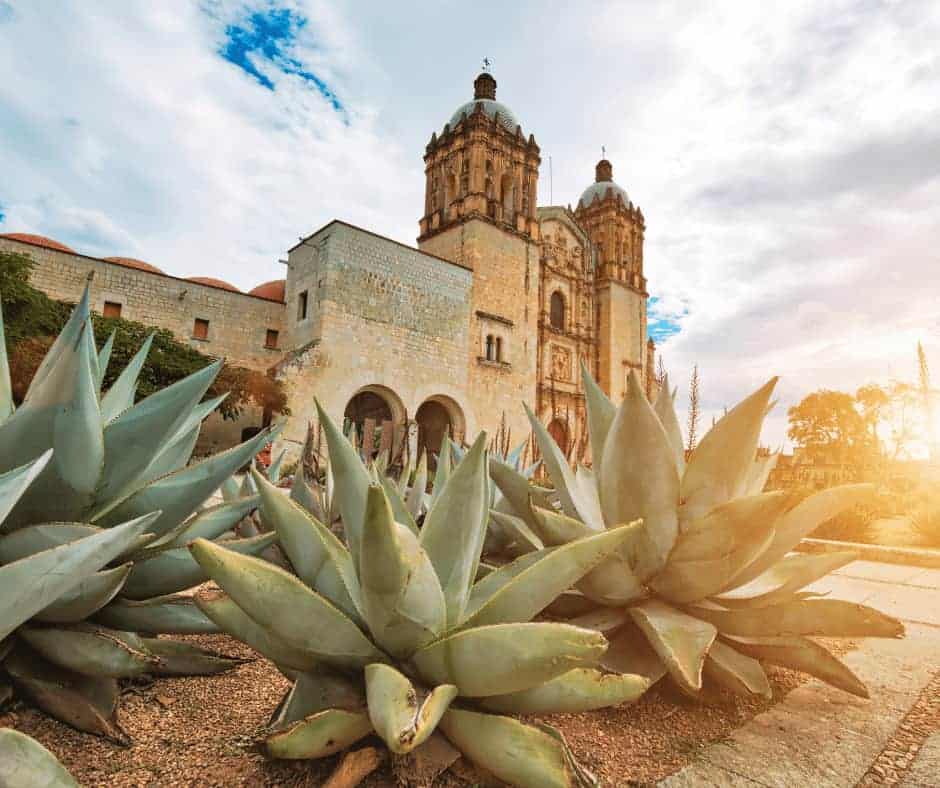
- A Low Cost of Living!
- Retiree Discounts
- Beautiful Beaches, Mountains, Volcanos, Desserts, Waterfalls etc
- Ease of Residency
- Affordable Healthcare
- Very Low Property Taxes
- Inexpensive Medical Care If Paying Out of Pocket
- Fresh Air and Open Spaces
- Strong Family Values and Community
- Delicious Food
- Fresh Fish From The Oceans
- Great Produce
- Amazing Weather
- Rich Soil- Ease of Growing Food
- Low Taxes or No Taxes
- New Entrepreneurial Opportunities
- Foreign Earned Income Exclusion of $130,000 USD as of 2025
- Visible Improvements Seen Everywhere
- Beautiful Scenery and Bio-Diversity (see the image below!)
- Incredible Landscapes
- Rich Culture and History
- A LOT OF Untapped Opportunity
- Friendly And Supportive Locals
- Friendly and Supportive Expats (mostly)
- I could GO ON AND ON- You get where I’m going… The pros outweigh the cons.
Visit our FREE Move to Mexico Cheat Sheet. Filled with important information that can help you decide if you’d like to live in Mexico.






